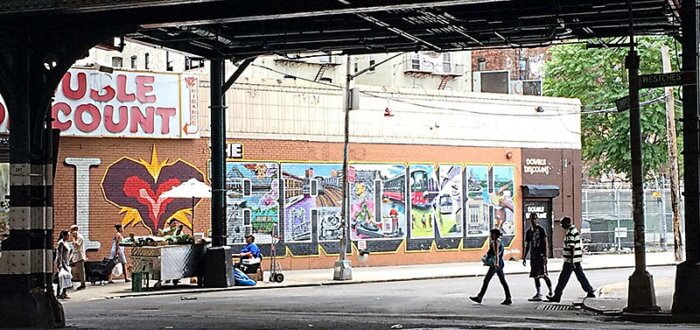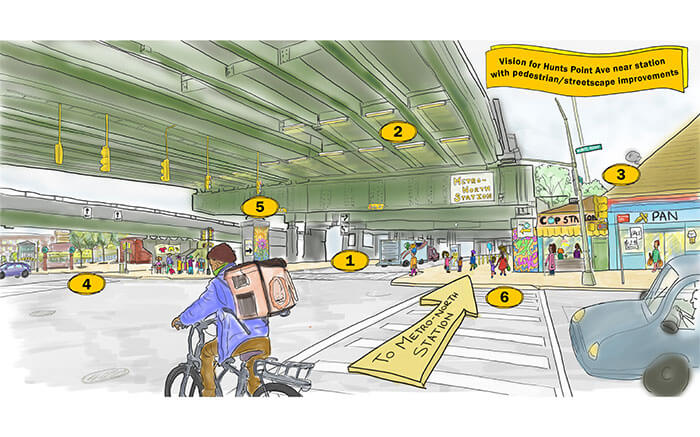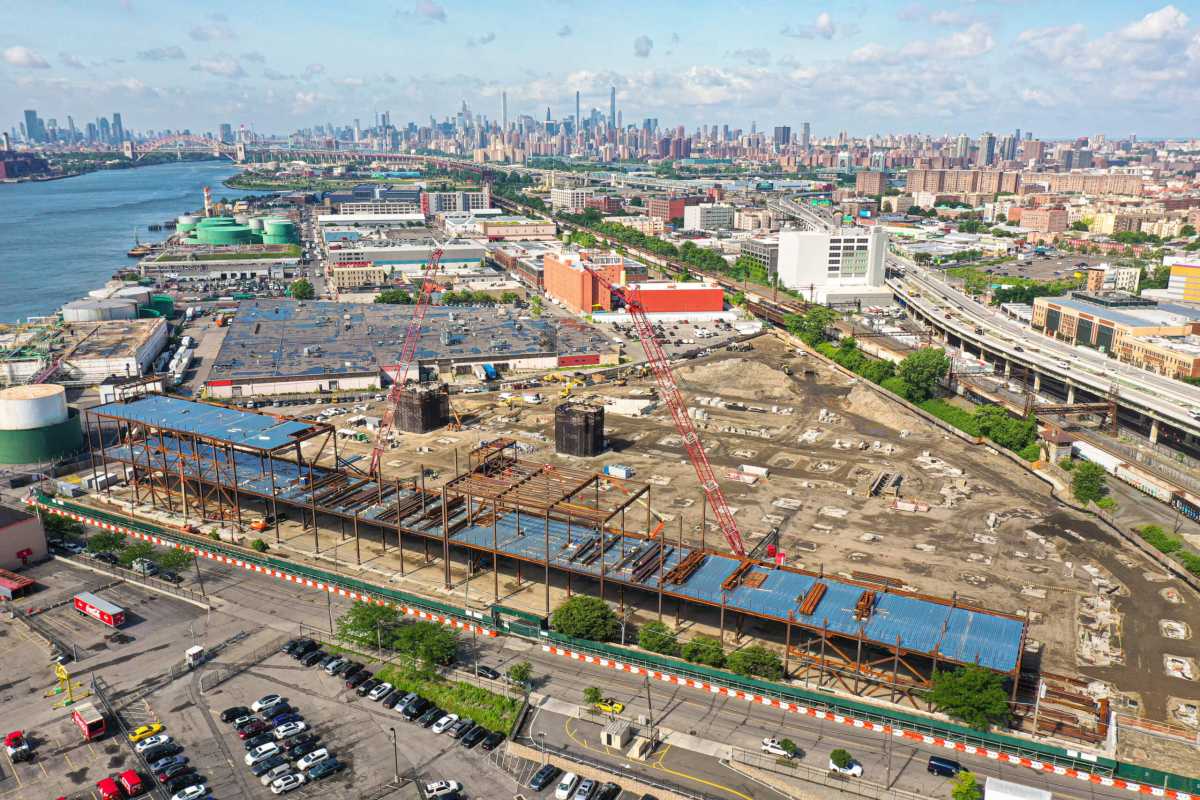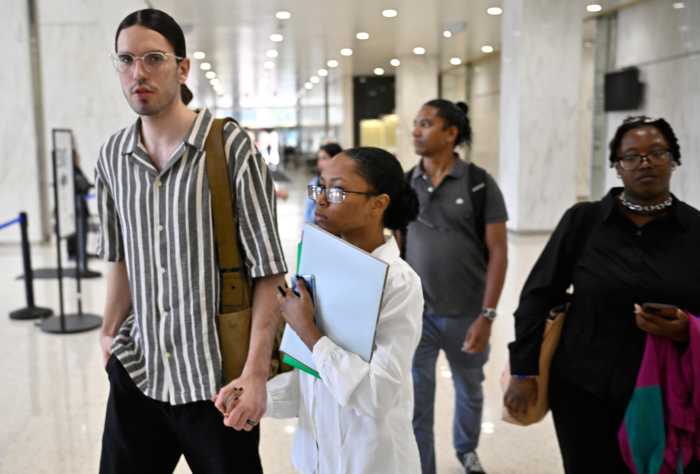On Dec. 30, all 59 of New York City’s community boards will kick off the 2022-23 budget process when, along with local agencies, they examine their capital and expense needs before submitting budgetary requests to Mayor Eric Adams for inclusion in his preliminary budget. Over the next two months, the Bronx Times will explore the needs of each of the borough’s 12 community districts in our short-form series “Community Briefs.”
Community District 2
District neighborhoods (population): Longwood (40,289), Hunts Point (15,131) and a small portion of southern Morrisania
District boundaries: Southeast corner of the Bronx, bounded by the Bronx River on the east, the East River to the south, East 149th Street and Prospect Avenue on the west and portions of East 169th Street, East 167th Street and Westchester Avenue to the north.
Area poverty
Compared to Community District 1, the explicit needs and desires for Community District 2 – among NYC’s most impoverished and climate-stricken communities – is more broad than granular.
The district is home to the city’s biggest food producer, The Hunts Point Market, which will see significant development over the next few years. But 40% of Hunts Point residents live in poverty, battle poor environmental factors and are often at the bottom end of citywide statistics when it comes to job growth and public safety.
While Hunts Point is home to one of the largest food markets in the country, the neighborhood also has one of the highest food insecurity levels in NYC, where 23% of the residents are food insecure, according to NYC Food Policy.
In 2020, Community District 2 consistently had the highest death rates in the city, and unemployment projections stayed above the city average of 20% at the time.
City officials also tout the market’s redevelopment efforts as a way to “keep and grow” 2,000 quality jobs.
Where did all these people come from?
Community District 2 has seen two decades worth of population growth and development, but much of the responding housing development has seen once-vacated buildings turn into low-density housing, single-family homes or buildings with a small number of units.
Low-income and affordable housing remains an evergreen need for Community District 2. Housing availability is slim — the local community board reports that no city-owned apartment building in the community stands vacant — and residents are increasingly housing-insecure.
The Department of Housing Preservation and Development hopes to use existing resources to increase the district’s housing stock.
For those with housing in the district, there is much to improve. According to an analysis of the city’s 311 logs, 1 in 5 renters in the Southern Boulevard area have three or more maintenance deficiencies in their units, such as a lack of heat, rodents, cracks or holes in walls and ceilings, and water leakage.
And rising rents — a major source of stress for many of NYC’s renters — is particularly high around Southern Boulevard where 61% of all renter households are rent burdened, meaning they pay more than one-third of their income toward rent and utilities.
Additionally, close to half of the buildings in the study area were built before 1947 and lack elevators and other accessibility features.

Traffic Congestion
“It’s noisy,” said longtime resident Devin Carter, who lives off Tiffany Street where the Amtrak zooms by his house and the constant traffic of the Bruckner Expressway can often be headache inducing.
Community District 2 is a major transportation hub — where train fleets start from the Oak Point Freight Yard for fresh deliveries to the Hunts Point Market — centered by Amtrak trains and heavy traffic from the Bruckner Expressway. As apart of the Penn Access project, which bring four Metro-North train stations to the East and South Bronx by 2027, Metro-North fleets traffic will also be soon be added to area’s noisy soundtrack at the new Hunts Points Station.
Under the project, Hunts Point residents will be able to get to Penn Station in 16 minutes versus 45 minutes saving commuters an hour each day.
Early conceptual designs for the project aim to improve streetscaping along Garrison Avenue and pedestrian and cyclist access to the station.

The $75 million transformation of the Sheridan Expressway from an interstate highway began in October of 2018 and reconnected a section of the Bronx to Starlight Park and the Bronx River, where the expressway previously cut right through expediting the pollution to the river and inundating the surrounding areas with heavy industrial traffic.
Traffic still remains, and Community Board 2 has expressed a desire for the hiring of additional traffic enforcement officers, a request the NYPD supports but is unable to commit funds to.
Education
Communities along Southern Boulevard have a higher percentage of youth population (age 0-24), more than 40%, than NYC as a whole (30%). But the district also reported higher rates of absenteeism in elementary school and lower on-time graduation rates compared to other NYC neighborhoods, according to year-to-year district analyses.
In a district where just 14.2% of residents 25 and over have attained a bachelor’ degree or higher, community leaders have long pointed to the need for a new educational facility — preferably a high school — to meet overcrowded class sizes and lengthy travels for residents along the Southern Boulevard corridor.
But the city Department of Education states that the district is “in a borough without identified high school seat need,” and that locations for new schools is based upon site and funding availability.
CB2 members also point to a need for more after-school programs for elementary school students (grades K-5), urging increased funding for such programs and summer day camp operated by community-based organizations.
To read the first installment in our 12-part series on the Bronx’s 12 community districts click here.
Reach Robbie Sequeira at rsequeira@schnepsmedia.com or (718) 260-4599. For more coverage, follow us on Twitter, Facebook and Instagram @bronxtimes

















